DAS & DTS: Fiber Optic Sensing of Today and Tomorrow
DAS & DTS: Fiber Optic Sensing of Today and Tomorrow
When most people hear fiber optic technology, they instantly think of high-speed internet. But fiber optics—especially through innovations like Distributed Acoustic Sensing (DAS) and Distributed Temperature Sensing (DTS)—offer far more than just connectivity. These groundbreaking technologies are transforming how we detect, monitor, and respond to our environment.
In this article, we explore some of the most fascinating and lesser-known applications of DAS and DTS technologies, along with visionary future scenarios. From earthquake detection to space exploration, fiber optic sensing systems are redefining the boundaries of what’s possible.
1. Monitoring Marine Ecosystems with DAS: The Silent Witness of the Oceans
Far below the ocean’s surface, Distributed Acoustic Sensing technology turns fiber optic cables into underwater microphones. They detect marine life activity, track whale migration, and monitor illegal fishing.
Whale Songs & Illegal Vessels in Norway
A 120 km DAS-enabled cable off the coast of Svalbard identified whale species by vocal signatures and detected unauthorized vessels—combining marine conservation with maritime security.
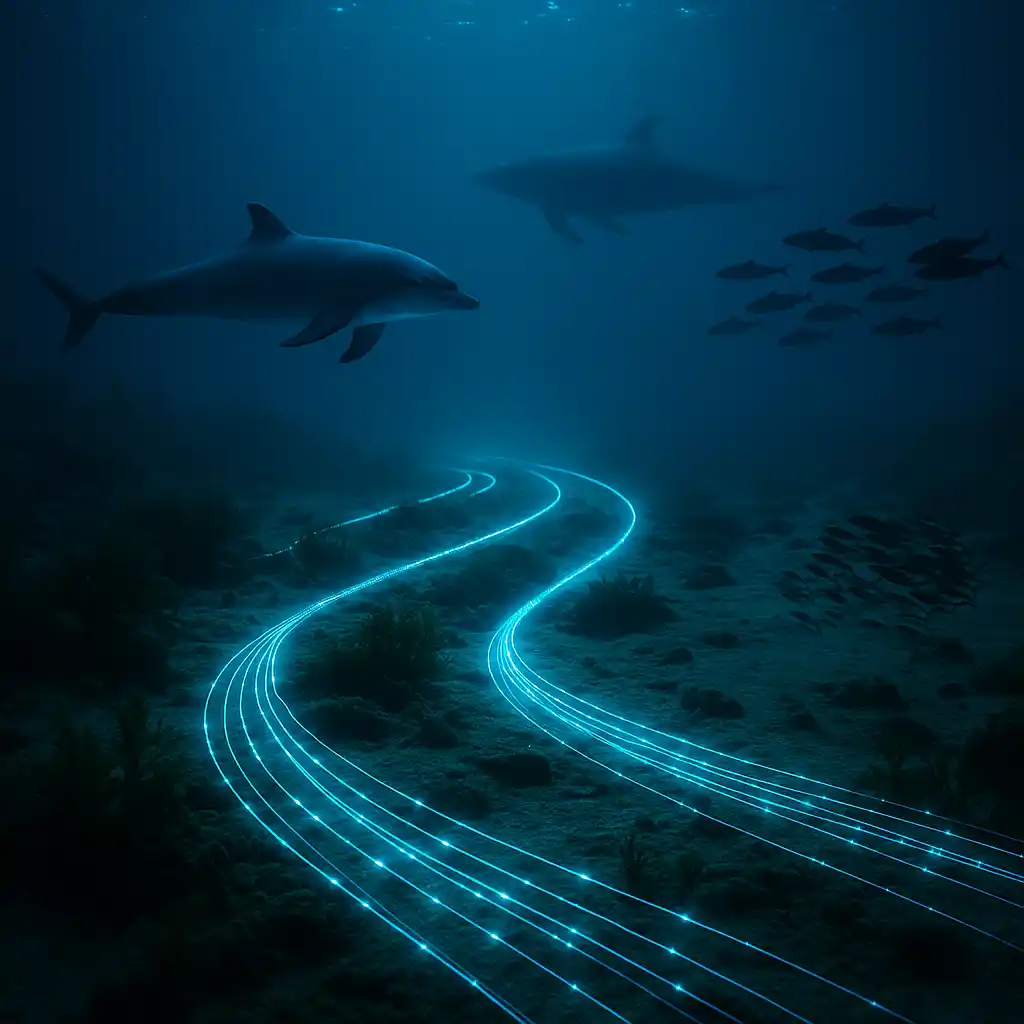

2. Early Earthquake Detection Using DAS Technology
Every second matters during an earthquake. Distributed Acoustic Sensing systems detect seismic activity across vast areas faster than traditional methods.
From Turkey to Japan: Real-World Applications
SAMM Teknoloji’s FOTAS solution uses fiber optics under the Marmara Sea for real-time seismic detection. In Japan, DAS provided a 7-second early warning—enough time to stop trains and save lives.
3. Structural Health Monitoring with DAS: Safer Bridges and Buildings
Structural health monitoring is critical in modern infrastructure. DAS listens to micro-vibrations in bridges, skyscrapers, and dams to detect potential failures before they occur.
Example: Golden Gate Bridge
DAS systems measured wind and traffic vibrations on San Francisco’s Golden Gate Bridge, reducing maintenance costs and improving safety.

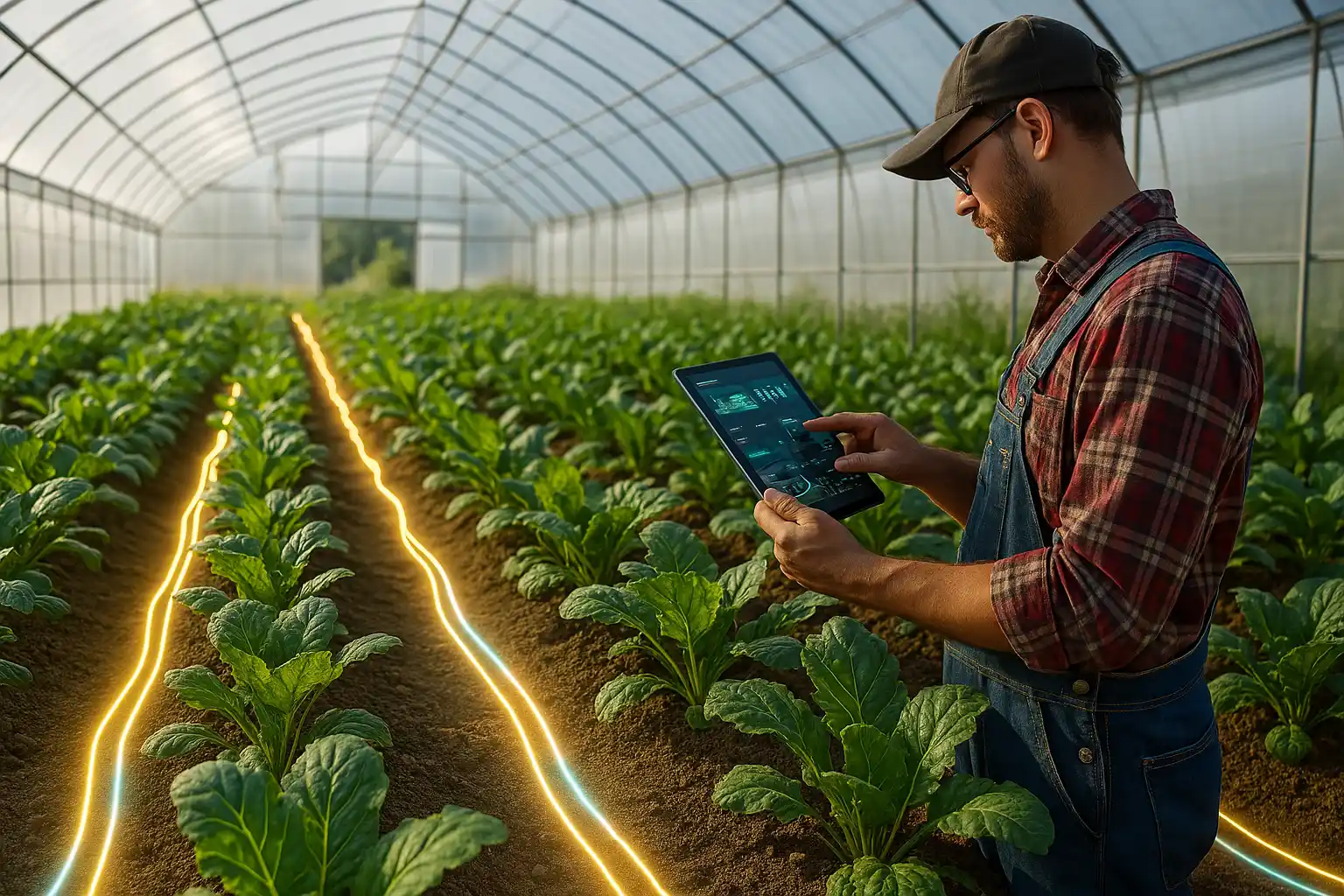
4. Smart Agriculture with DTS: Boosting Efficiency & Sustainability
Distributed Temperature Sensing in agriculture allows real-time monitoring of soil conditions, optimizing water and fertilizer use.
Dutch Smart Greenhouse Innovation
DTS sensors in a Dutch greenhouse cut water usage by 30%, boosting yield and efficiency—paving the way for global sustainable farming.
5.Wildfire Prevention and Forest Monitoring with DTS Technology
Forests are better protected with temperature-sensitive fiber optic cables that spot fires before they spread.
Australia’s Fire Defense
DTS cables detected heat anomalies from kilometers away, preventing wildfires and supporting ecological balance through forest temperature monitoring.

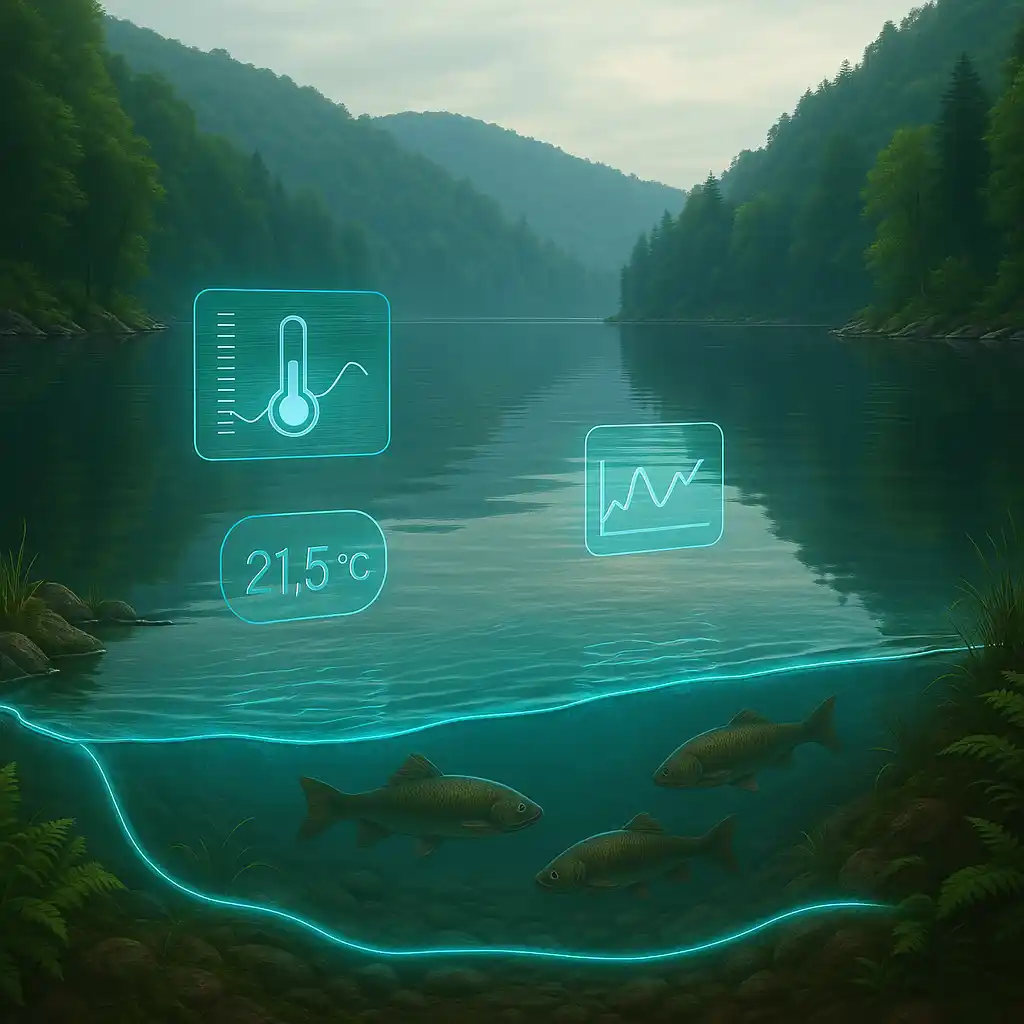
6. Freshwater Ecosystem Protection via DTS: Real-Time River & Lake Monitoring
DTS systems track temperature variations in water bodies, helping maintain the health of fish populations and aquatic plants.
Canada’s Ecological Breakthrough
DTS technology identified thermal pollution in Canadian lakes, guiding interventions that preserved biodiversity.
7. Smart Cities Powered by Fiber Optic Sensing Technologies
DAS and DTS technologies in smart cities enable efficient urban management, from traffic optimization to infrastructure safety.
Bristol’s DAS-Powered Mobility
Buried fiber optic cables in Bristol detected traffic patterns and infrastructure strain, reducing congestion by 15%.


8. Aviation Safety through DAS and DTS on Runways
Runway safety is improved with real-time detection of vibrations (DAS) and ice formation (DTS), reducing accident risks.
Oslo Airport’s Fiber Monitoring System
DAS and DTS sensors provided early alerts for icing and surface conditions, enhancing runway safety protocols.
Future Applications: New Horizons for DAS and DTS Technologies
DAS and DTS technologies, while already essential in certain applications, are poised to unlock even greater potential in the future. Below are some visionary scenarios that might shape our world in the years ahead

Protecting Cultural Heritage:
Distributed Acoustic Sensing technology can preserve the integrity of historic structures and artifacts. For example, DAS can detect even slight vibrations caused by unauthorized activities in sensitive sites like the Hagia Sophia, ensuring immediate action and safeguarding invaluable cultural heritage.
2. Monitoring Submarine Volcanoes:
DAS can predict volcanic activity on the ocean floor, reducing risks from potential tsunamis. In regions prone to seismic activity, this early warning could protect coastal populations.


3. Combating Illegal Fishing:
Fiber optic cables equipped with DAS can monitor illegal fishing activities by detecting motor noises and net deployment vibrations, providing real-time data to enforcement teams.
4. Drone Safety in Critical Zones:
Distributed Acoustic Sensing can detect unauthorized drone movements in critical areas such as airports, enhancing air traffic safety.
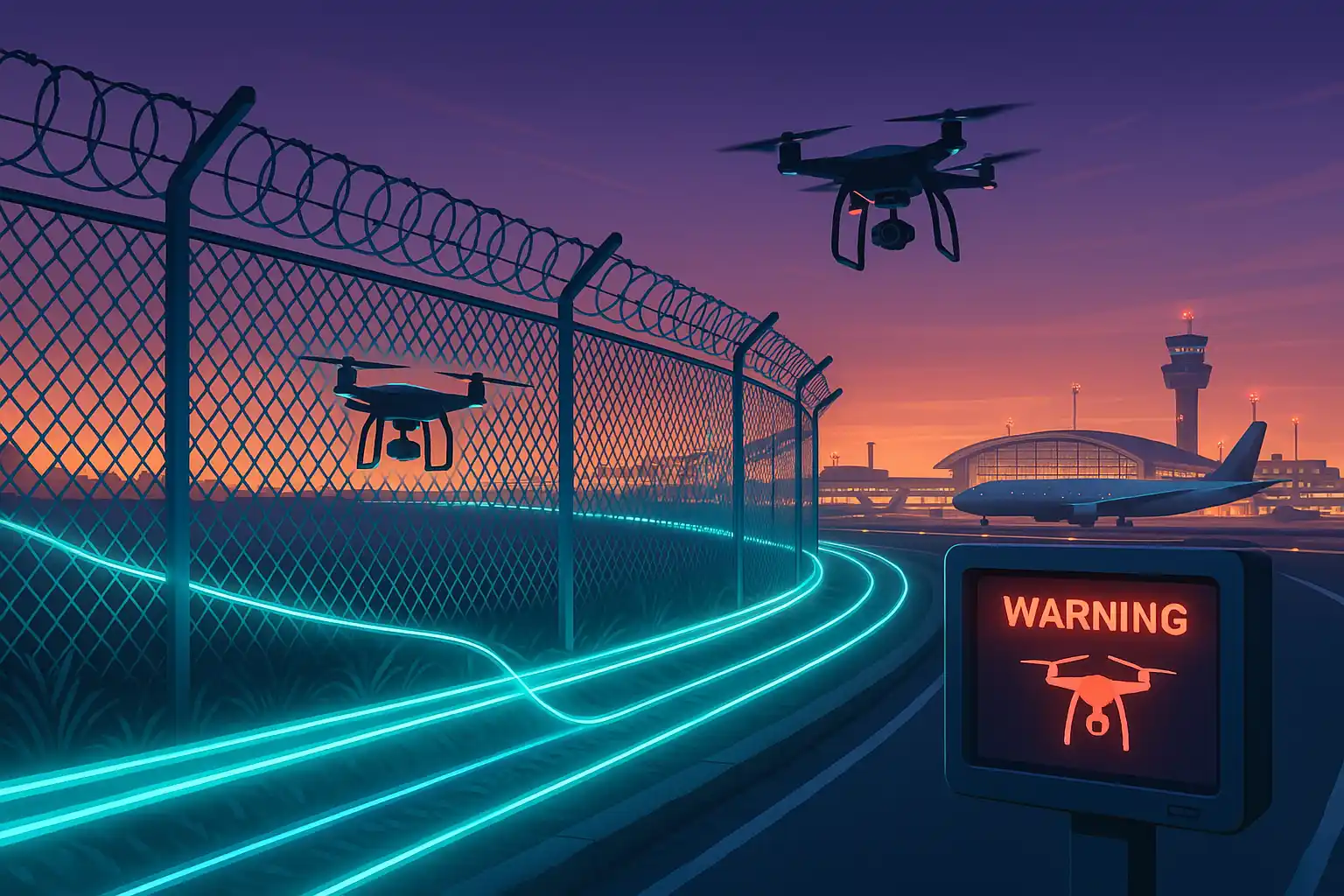
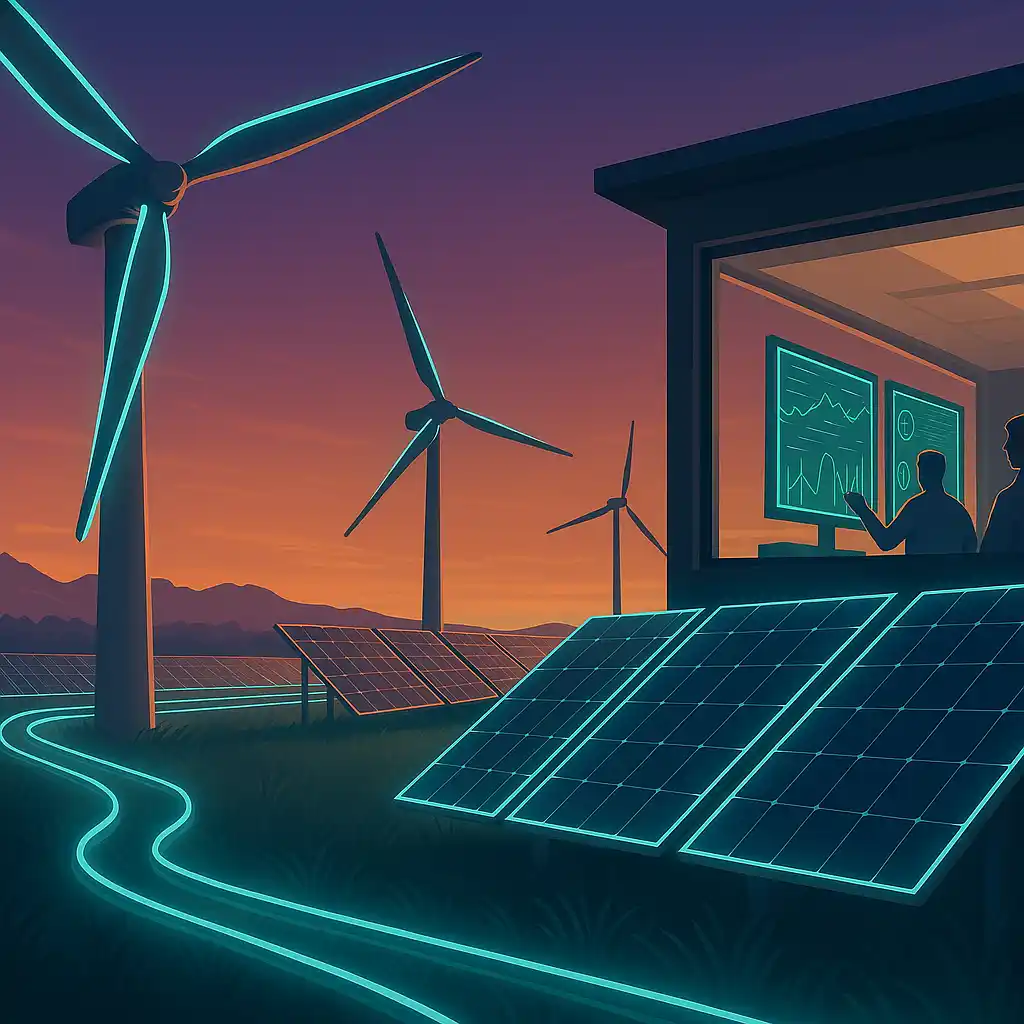
5. Optimizing Renewable Energy Systems:
DAS and DTS can enhance the efficiency of wind turbines and solar panels by tracking real-time performance metrics, reducing maintenance costs, and boosting energy output
6. Monitoring Space Structures:
DAS and DTS technologies can oversee the structural integrity of habitats and stations on Mars or the Moon. They help detect cracks and temperature changes early, improving astronaut safety and ensuring the longevity of space structures.

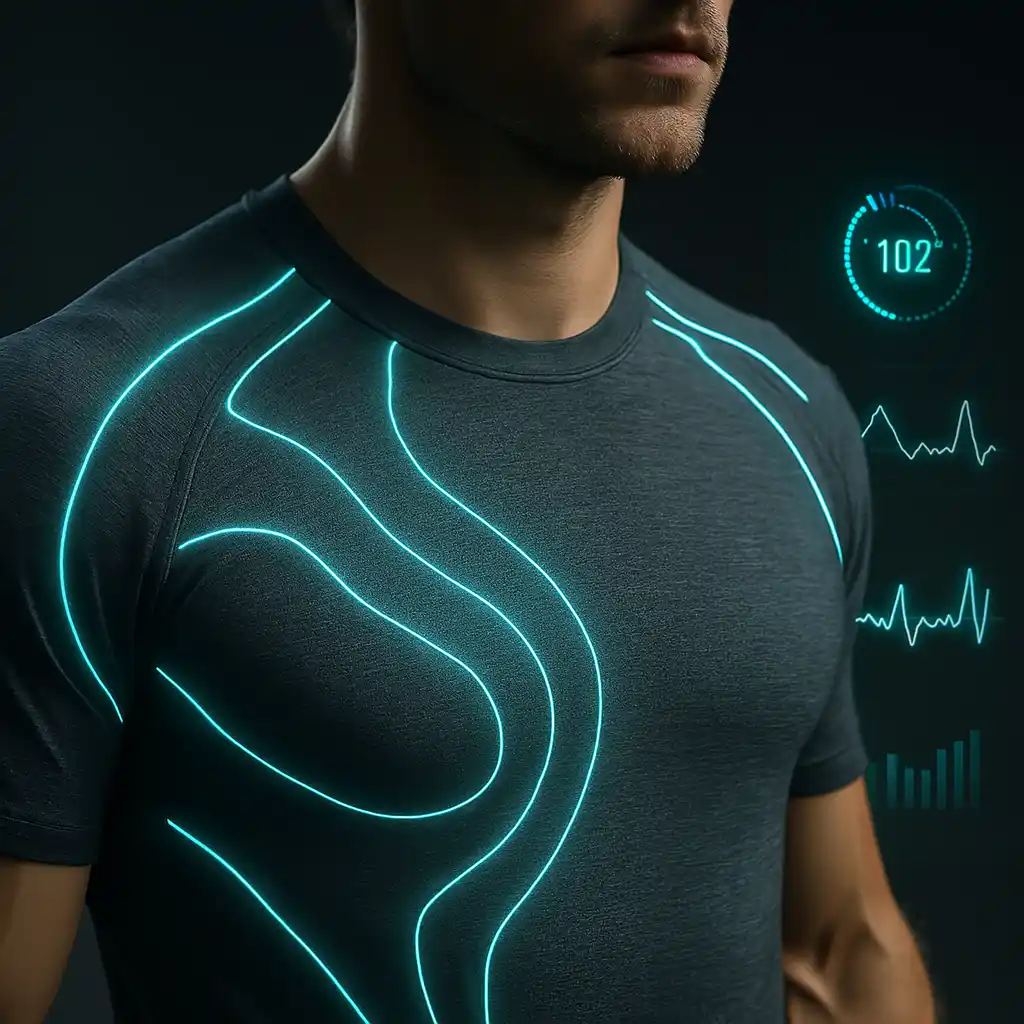
7. Advanced Wearable Health Technologies:
Incorporating DTS and DAS into wearable garments can offer continuous health monitoring. For instance, these systems can measure body temperature, sweat levels, and muscle vibrations in real time, helping athletes optimize performance and providing tailored health insights.
Conclusion
As demonstrated by the success of SAMM Teknoloji’s pioneering FOTAS initiative, DAS and DTS applications are still in the early stages of adoption, covering only a small portion of our living environments. Yet, just as fiber optic cables have become an essential part of daily life, these sensing technologies are set to become an integral component of our future. With their unparalleled precision and vast coverage capabilities, DAS and DTS will redefine how we understand and interact with the world around us, firmly establishing themselves as indispensable building blocks of tomorrow’s technology and lifestyle.


